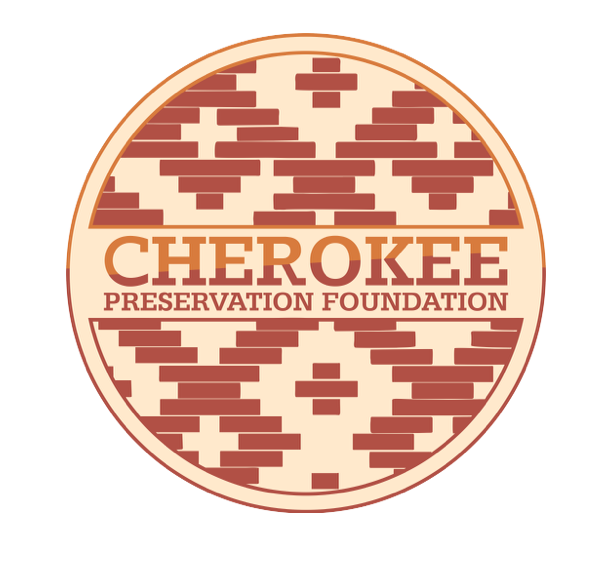Home » How To Apply » Grant Guidelines
Grant Guidelines
The Cherokee Preservation Foundation welcomes grant requests that meet eligibility requirements and address our focus areas. Please use these Grant Guidelines and the accompanying documents to plan your application. The Foundation program staff is available to discuss your program or project idea and respond to questions on all aspects of the Application and Grant Work Plan (call 828-497-5550 to request a consultation).
Our Mission
The mission of the Cherokee Preservation Foundation is to preserve our native culture, protect and enhance our natural environment, and create appropriate and diverse economic opportunities – in order to improve the quality of life for the Eastern Band of Cherokee Indians and our neighbors in western North Carolina.
Eligibility for Grant Support
- The Foundation will provide grants to nonprofit organizations with 501(c)(3) tax exempt status, as well as to schools, institutions of higher learning, federal, state, local and tribal government units.
- Applicant organizations must be located on the Qualla Boundary or in Cherokee, Clay, Graham, Haywood, Jackson, Macon or Swain County, or serve people of this region.
- The proposed work must directly benefit the people of the Eastern Band of Cherokee Indians (EBCI) and must involve EBCI members in project planning and implementation. Regional entities seeking CPF assistance must form a collaborative partnership with the EBCI in order to be considered for support.
Focus of Foundation Investment
The Foundation has three main focus areas:
- Cultural Preservation
- Economic and Workforce Development
- Environmental Preservation
Proposed projects must fit into at least one of these areas and demonstrate how the project will help achieve the Foundation’s stated Goals and Strategies. (See the document “Cherokee Preservation Foundation Goals and Strategies” to determine if your program is appropriate for support. Then demonstrate this alignment in your Grant Application.)
Grants will NOT be made to or for any of the following purposes:
- Individuals
- Debt retirement or operational deficits
- General fund drives
- Endowment or reserve funds
- Influencing elections or legislation
- General funding of projects of governmental units
- Religious purposes|
Types of Grants
Small grants are for $500 to $20,000. This category has three types of grants: Planning, Capacity and Project Specific.
- Planning Grants are awarded to organizations interested in working with others to achieve a shared vision. The funds can be used to support planning consultants, travel, office and meeting expenses and other costs related to planning.
- Capacity Grants assist organizations with developing their internal capabilities, such as strategic planning, financial management, marketing and outreach programs, leadership development, volunteer management, etc. “Capacity” refers to the ability of a group to carry out its programs successfully.
- Project Specific Grants are awarded for programs/projects that fit the three areas of focus (cultural preservation, economic development, and environmental preservation).
Large Grants are $20,000 and higher. Within this category, there are two types of grants: Project Specific and Preservation and Civic Enhancement Grants.
- Project Specific Grants are awarded to organizations for programs/projects that fit the three focus areas of cultural preservation, economic development, and environmental preservation.
Preservation and Civic Enhancement Grants provide resources for specific projects in Cherokee communities and the seven western counties of North Carolina. Since these grants will be larger in size, and some will help fund capital projects, they present an opportunity for the Foundation to offer a “challenge” or “matching” grant. The Foundation will not fund these projects for more than half of the overall budget. All proposed grants must meet the following criteria: 1) Make a contribution to enhancing the Quality of Life of the community; 2) Have broad community involvement in the development of the project; and 3) Be available for significant community usage.
